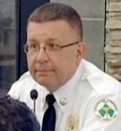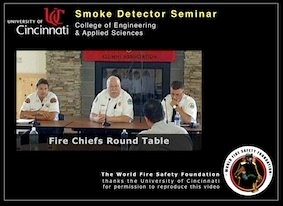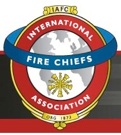








Residential Smoke Alarm Report
Published by the International Association of Fire Chiefs (IAFC)
September, 1980
Scroll to see all 10 pages



- - - - - - - - - - More Evidence - - - - - - - - - -
- See: ‘Hagens Berman Sobol Shapiro -- Class Action Law Suit’
- See: Tennessee’s News Channel 5’s, ‘An Alarming Failure’ series
-
-See: ‘The Combo Con’



























Download
Here > > >







![“In fact, they [ionization alarms] might be so slow to activate in a
smoldering fire that lives may be in danger.”](iafc_files/shapeimage_37.png)








Australasian Fire and Emergency
Service Authorities Council

(c) Copyright 2010 The World Fire Safety Foundation | Last Updated: 10 November, 2010 | Privacy Policy | Disclaimer | Search WFSF site
For errors on, or suggestions for this ‘iafc’ webpage, contact the WFSF WebMaster | Supporters | About | Media
